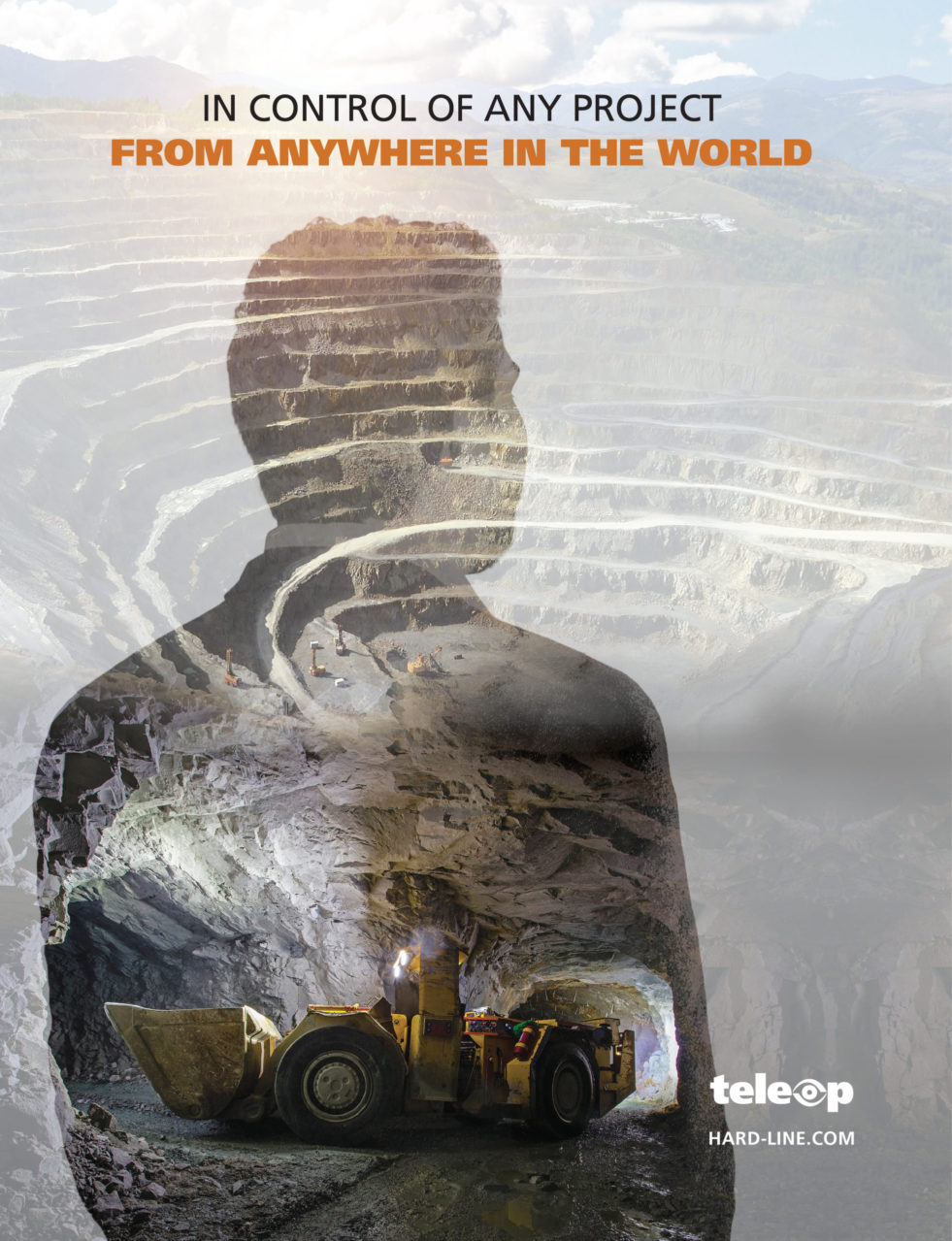Brian Larocque, General Manager of HARD-LINE in Chile, was interviewed for Global Business Reports’ Chile Mining 2020: Expomin Official Investment Guide. This interview can be found on page 81.

What is the history of Hard-Line in Chile and what capabilities are you providing to the market?
Hard-Line was established in 1996 in Sudbury, Ontario. In 2014, Hard-Line decided to invest in Chile because it saw opportunity in remote control technology specialized for mining. Since HardLine has opened the company, there has been a lot of technology development from the line of sight remote control technology to fully automated loaders where we take people completely out of the mine site. Also, in the open pit we can now operate trucks and bulldozers from kilometers away.
What projects are you specifically involved with in Chile?
Hard-Line is mostly involved in large mining projects in Chile. We did a very large project 4-5 years ago, where we tele-operated three trucks, a shovel, bulldozer, wheel dozer and a water truck. The idea was to test a new mining method using tele remote control in case of a collapse. Due to rising costs in open pits, the mining industry needs to do more vertical wall mining. Tele-op LHD was used in an underground application to move the production LHDs to the work area through a seismically active area.
Why are expenses rising for miners and how does Hard-Line
technology address this issue?
The cost of doing business is on the rise, generally, however the most prominent risk is in taking too long to adopt the technology available to the industry. The pace of technology adoption in mining is accelerating at an unprecedented rate, which increases productivity and improves safety, both priorities for all mining operations. Mining operations and support companies are learning to create partnerships to ensure these accelerators are implemented effectively. Hard-Line’s technology addresses the shift towards automation and tele-operation, but we also strongly believe in the development of strong partnerships with the clients we serve. We have a highly skilled team in-house to research, develop and implement custom solutions for the unique challenges mining companies are facing.
How do the services that you offer in open pit differ from
those in the underground?
Tele-op technology is transferable to a variety of environments. It has been used for both underground and surface mining, as well as in other industries, such as construction and military ordnance clean up. The interface that we install on the equipment is customized to the equipment being operated. It is designed and manufactured in Canada and we implement it here on-site with our technical team located in Chile.
How has demand been for Hard-Line services in 2019?
It has been affected by the need to get people away from potentially dangerous environments. Safety has become the most important concern of our clients. This is even taking precedence over value.
One of the challenges with technology in underground mining
is reliable connection. Is this an issue for Hard-Line and what
solutions can help overcome this challenge?
It all depends on the mine. Often IT people want a closed network and they don’t want other people to gain access to the information. We can overcome that by installing our own Backbone Network that delivers both power and connectivity to the mine.
What are the biggest challenges with your business?
Getting mining companies to understand the need to integrate this technology into their operations is a big challenge, along with working through the barriers to tech adoption. This goes back to the importance of working as partners to support the process in every way to ensure that the shift is effective and efficient in all areas of business.
What metrics can you point to that would convince someone
of the benefits of tele-operation?
The understanding that this is where the industry is heading is widely accepted. Tele-operation keeps operators out of harm’s way, it allows continued production during shift change (which can account for a significant amount of time, sometimes upwards of 6-7 per day), and decreased maintenance costs when utilizing collision avoidance.
What are the goals of Hard-Line in Chile over the next 2 to 3
years?
Hard-Line is forecasting continued growth over the next few years in Chile and our other offices. We continue to develop and improve technology to help mining operations meet their objectives.
This interview was published on page 81 of Global Business Reports Chile Mining 2020: Expomin Official Investment Guide. Read more from Brian Larocque and others by checking out The Full PDF


